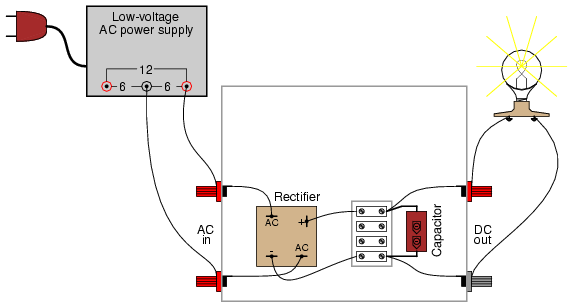Low Voltage Smart Bulb Power Supply – Build It Right

Smart bulbs are revolutionizing home automation, but powering them efficiently at low voltage is a challenge many prototypers face—especially in compact designs.
⚠️ The Problem: Unsafe or Inefficient Power Conversion
Most smart bulbs run on 3.3V or 5V, especially those based on ESP or BLE modules. Directly connecting to 230V AC is dangerous and inefficient without proper conversion. Using bulky adapters or linear regulators can cause overheating, voltage drops, or PCB space issues.
🔧 The Solution: Use Compact SMPS or Buck Converters
For low-voltage smart bulbs, the ideal approach is:
A 230V AC to 5V DC isolated SMPS module (compact and safe)
Followed by an LDO regulator (like AMS1117) to drop 5V to 3.3V if needed
Add TVS diode protection to handle transients
This keeps the design compact, efficient, and safe for long-term use.
💡 Practical Example: ESP8266-Based Smart Bulb
Let’s say you’re building a Wi-Fi smart bulb using an ESP8266. It needs 3.3V, but your power source is 230V AC.
✅ Fix: Use a 230V-to-5V SMPS module, then regulate to 3.3V with an LDO. Add a Schottky diode for reverse protection.
🧮 Sample Calculation: Power Supply Rating
ESP8266 peak current ≈ 250mA at 3.3V
Power = 3.3V × 0.25A = 0.825W
Choose an SMPS module rated at >1.5W for stability.
🛠️ Product Suggestion (Made in India)
Power your projects reliably with local components:
🔌 Buck Converter Modules – Compact, efficient voltage control
👉 Shop Buck Converters🧪 Flux Paste – For clean, professional soldering
👉 Shop Flux Paste
🛍️ Shop now at SmartXProKits.in
🇮🇳 Support our work and India’s innovation—buy from our Make in India site!



















